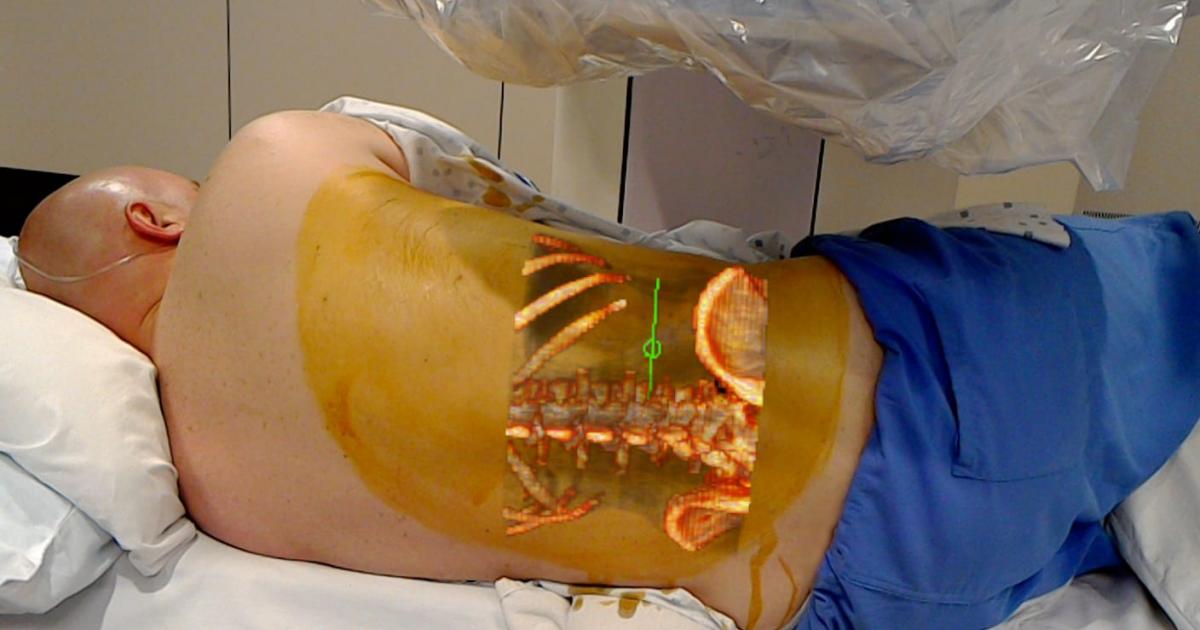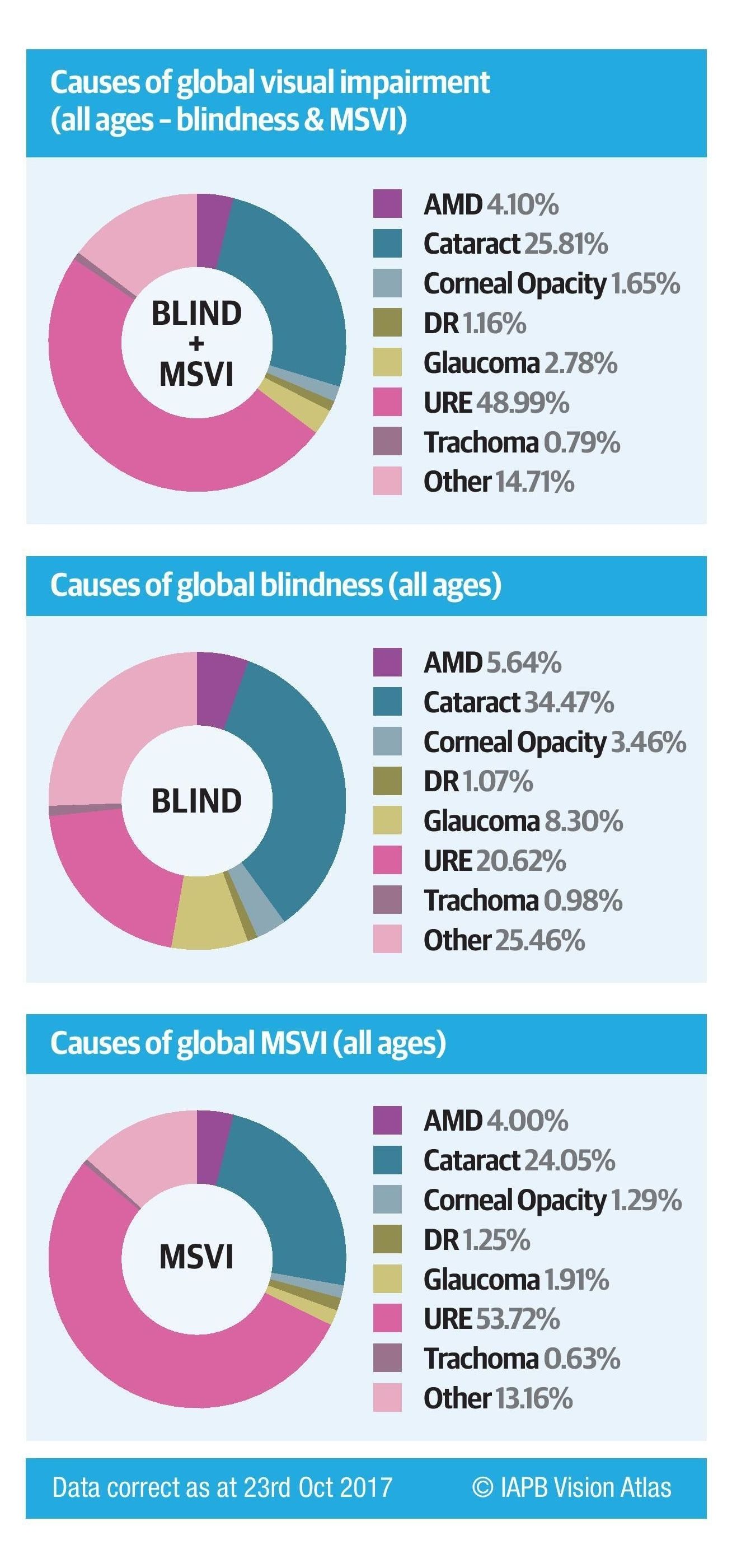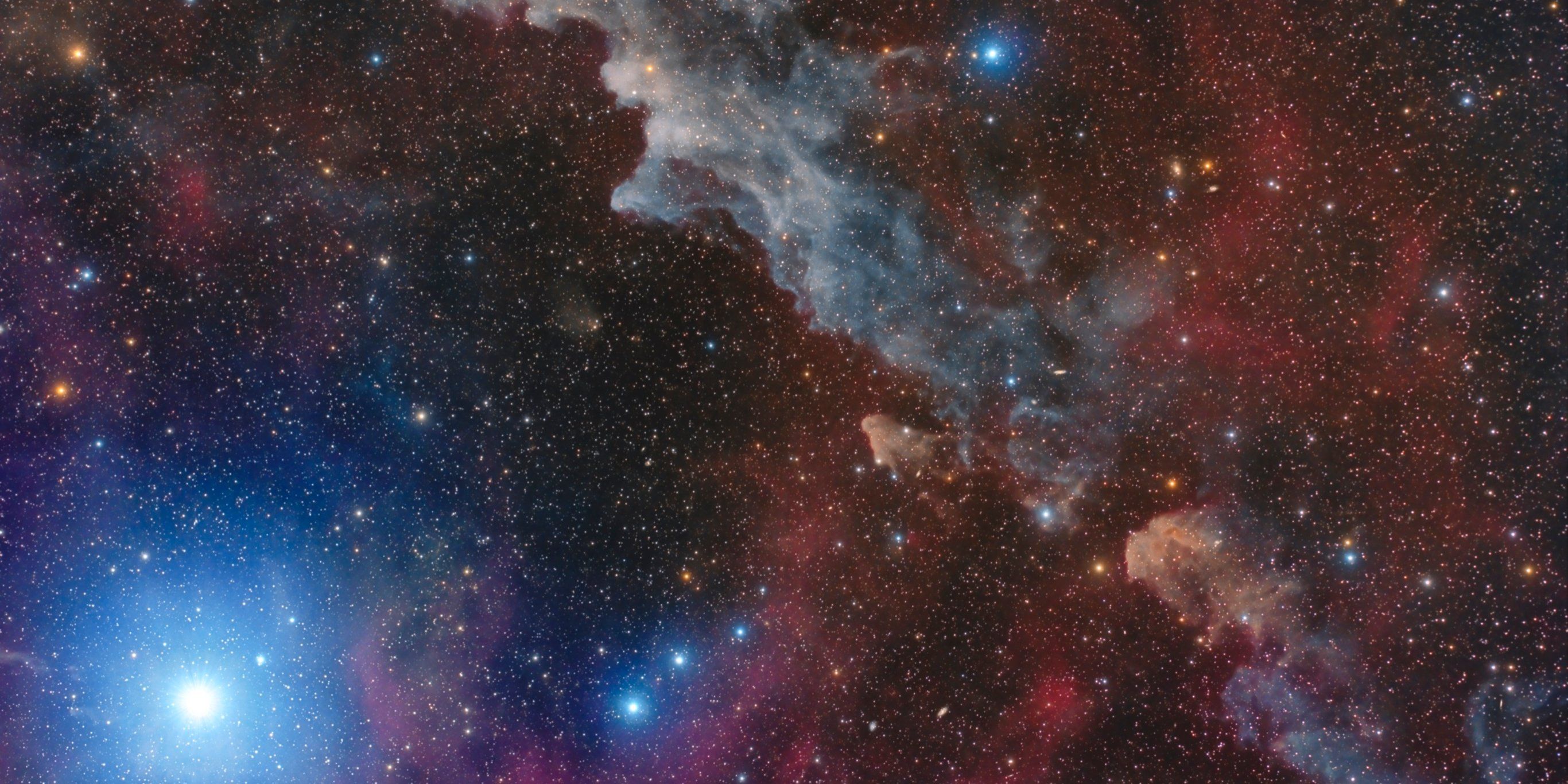Two teams demonstrate that they can count the number of quantized vibrations, or phonons, in cold mechanical oscillators by measuring the energy in the vibrations.
At the origin of every musical note is a mechanical oscillator that resonates at a specific frequency. But what the ear cannot distinguish is that the energy of these vibrations is discretized into an integer number of quanta of motion, or phonons. Most vibrating objects contain an uncountable number of phonons, but researchers have, for some time now, been able to prepare massive mechanical oscillators in their quantum ground state, where the average phonon number is smaller than one. This hard-won accomplishment not only involved getting rid of all thermal excitations in the oscillator through intense cooling, but it also required inventing a system of motion detection with a sensitivity at the quantum level [1]. An emerging technique consists of coupling the oscillator motion to another quantum object: a superconducting qubit, which can serve a role in the detection as well as the manipulation of states of motion [2–4].








